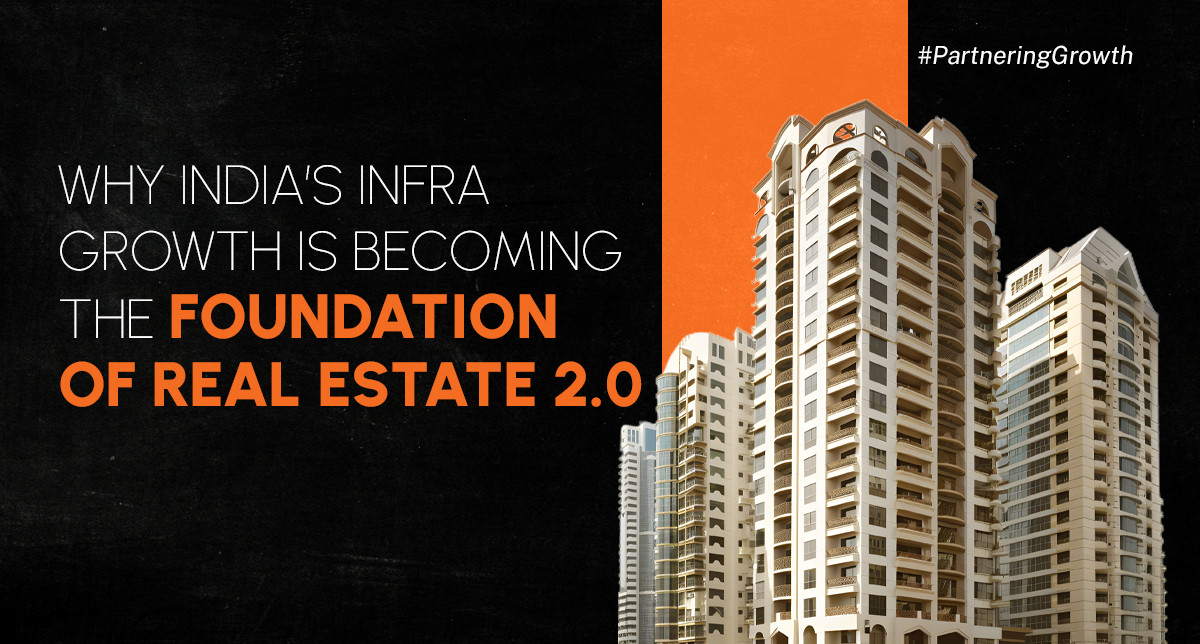


India is undergoing one of the largest infrastructure changes in the world. This major effort goes beyond simply building structures; it is changing the real estate market and giving rise to what we call "Real Estate 2.0." From Bharatmala roads to PM Gati Shakti industrial corridors and AMRUT city upgrades, each significant infrastructure project creates a ripple effect in real estate. The Bharatmala Pariyojana, initiated in 2017, envisions the development of about 26,000 km of Economic Corridors, with 18,926 km of roads already completed by November 2024. Similarly, expanding metro rail systems alter commercial centres, shifting business hubs and raising property values in newly connected areas. Over the last ten years, achievements in metro rail include a significant expansion of networks across various cities. Projects now gain value based on their accessibility, sustainable features, and alignment with a long-term vision for urban development. The Indian real estate market, which is expected to grow to US$5.8 trillion by 2047 and account for 15.5% of GDP (up from an existing share of 7.3%), reflects this integrated growth. Meanwhile, luxury housing sales are anticipated to rise. During January-September 2024, the luxury housing segment witnessed a significant 37.8% Year-on-Year increase in sales, reaching 12,625 units across the top seven cities, indicating this dynamic shift towards high-value properties. The government's allocation of ₹10 lakh crore in the Union Budget 2024-25 for capital expenditure (including infrastructure), along with policies like 100% FDI in construction development, townships, housing, and built-up infrastructure under the automatic route. The Pradhan Mantri Awas Yojana Urban 2.0 shows a clear intent to employ & utilize infrastructure as a driver for overall economic growth and real estate expansion. As a result, real estate is moving from being a speculative investment to a strategic asset class. It is becoming more technology-driven and open, attracting significant foreign and domestic investment. References:
- PIB - "Infrastructure Development in India"
- PRS India - "Interim Union Budget 2024-25 Analysis" / Ministry of Food Processing Industries - "Consolidated FDI Policy - (Effective from April 17, 2014)"
- CBRE India - "Luxury Home Sales Surges in the First Nine Months of 2024"
- JLL - "India's Data Centre capacity to Reach 1.8 GW by 2027")
- Sell.Do - "India's Real Estate Sector Growth in 2025"